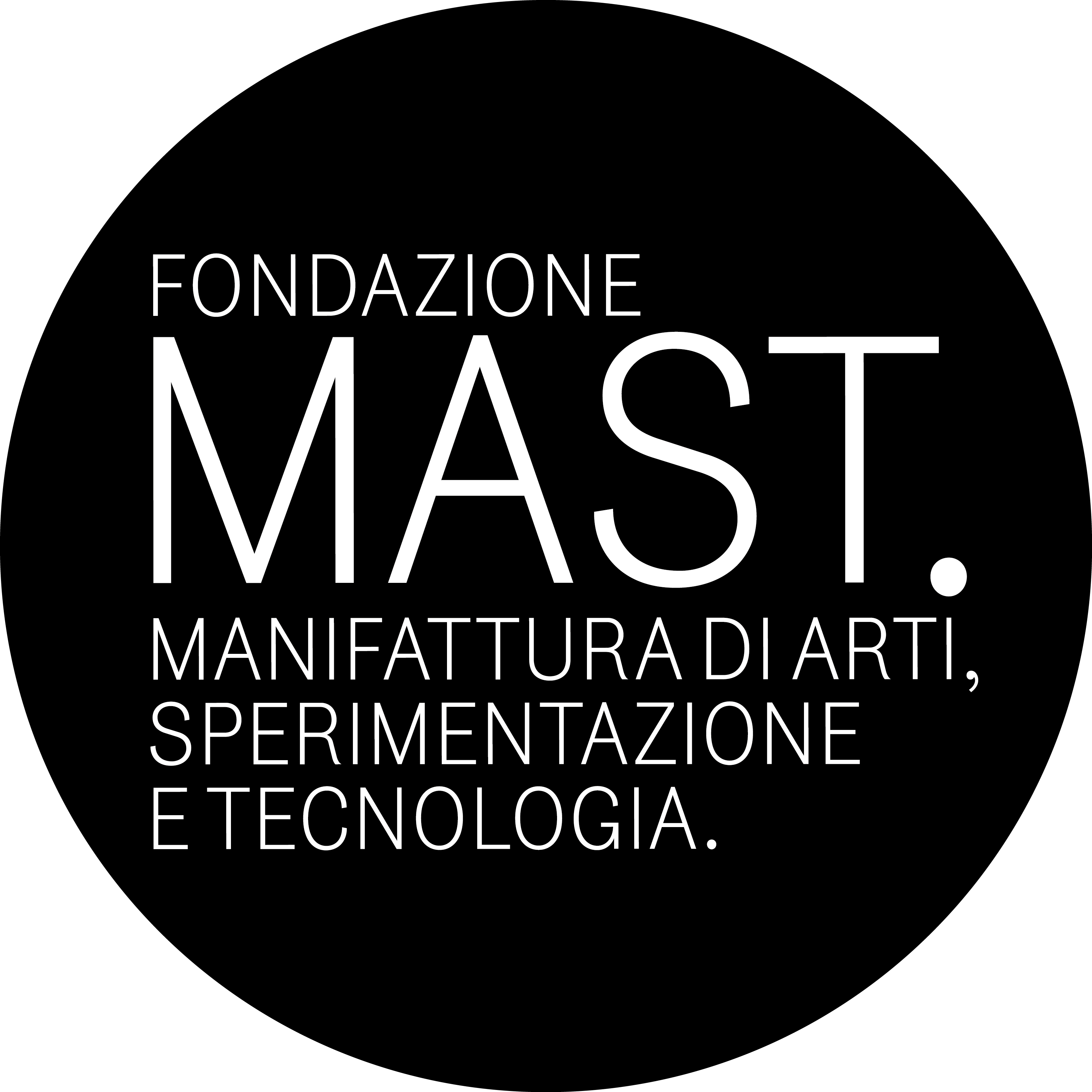Language
With Industry, Now MAST presents images of contemporary industry as captured in the photos of twenty-four modern artists and photographers, offering a reflection on the representation of the industrial landscape.
Conceived by the curator of MAST’s industrial photography collection, Urs Stahel, the show features work by artists who, following the loss of incisiveness associated with the classic industrial photography of the 1960s and 70s, are now interested in production processes and their links with society, exploring the balance of power and the influence of industry on human beings and on nature.
In his seven-metre-long photograph of a Ferrari production hall, for example, Olivo Barbieri illustrates how the halls are now bright white and decorated with large green "house plants", but also how void of human presence they have become. Henrik Spohler and Vincent Fournier lead us through an increasingly invisible world of data and production in which only signs can help us to orientate ourselves. Carlo Valsecchi photographs contemporary production sites as autonomous sculptures of a "science and industrial fiction". Trevor Paglen would appear to have dedicated himself to purely celestial photography, were it not for the many white stripes that indicate satellite orbits and high-tech military surveillance. In his photographic work entitled "Tokamak Asdex Upgrade Interior 2", Thomas Struth describes high-tech research at the Max Planck Institute. Vera Lutter, on the other hand, continues to dedicate herself to the severity and the power of industrial plants in her dark pinhole-camera images, while Miyako Ishiuchi documents the centuries-old production of silk in Japan from a modern perspective.
Even in post-modern, post-industrial, high-tech times, the ownership and use of the means of production and know-how create different social inequalities. Jacqueline Hassink, Allan Sekula and Bruno Serralongue deal with these social and societal issues and differences, while Ad van Denderen and Jim Goldberg counter the empty, white factories with slow, colourful flows of migration. Ed Burtynsky shows where and how large transport ships are recycled, while the photography of Sebastião Salgado reminds us that as well as robot production sites, there are still areas in the world where work is highly labour-intensive.
Exhibition side event: projection of: “...Stromness...” (duration 12’), made in 2005 by Simon Faithfull, which describes the now abandoned whaling station on the northern coast of South Georgia island, reached by the famous explorer Sir Ernest Shackleton in 1917; and of the docufilm The Forgotten Space by Allan Sekula and Noël Burch (duration 112’), about container shipping – an often obsolete system and a source of serious damage to the planet – , which won the Special Orizzonti Jury Award at the Venice Biennale in 2010.

